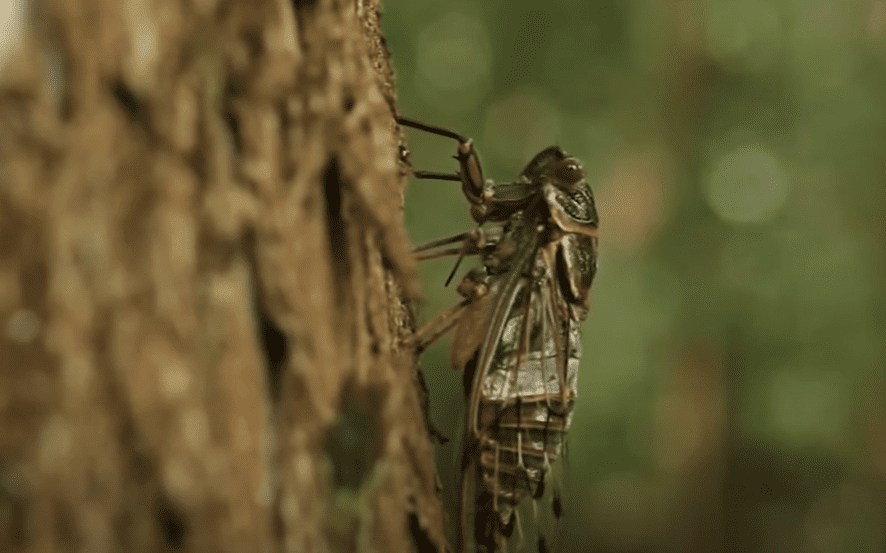
Billions of cicadas are expected to start swarming in more than a dozen states in the coming weeks, and while the strange occurrence may be a nuisance for many, scientists say the activities of the noisy flying insects are a natural marvel beholden to northern America — and anglers say the bugs create ideal fishing conditions to net some hefty catches.
After years of living underground as nymphs feeding off the sap of tree roots, the 1- to 2-inch-long bugs will soon emerge from the soil, grow wings and start a frantic mating frenzy lasting several weeks before they will all eventually die near trees. While cicadas are not harmful to humans, they can damage young trees and their dead bodies can pile up and smell.
There are around 190 species of cicadas all over the world, but only in the eastern United States can you find the periodical cicadas, which emerge every 13 or 17 years. This year will be the first time in 221 years that two types of cicadas — brood XIX and XIII — have risen from the ground at the same time, back when Thomas Jefferson was president, and it is not expected to happen again until 2244. The two broods together span parts of 17 states, including Alabama, Arkansas, Georgia, Iowa, Indiana, Illinois, Kentucky, Louisiana, Maryland, Missouri, Mississippi, North Carolina, Oklahoma, South Carolina, Tennessee, Virginia and Wisconsin, according to the United States Forest Service.
“It is a pretty amazing phenomenon, I mean, it’s unique,” Eric Benson, a professor emeritus and extension entomologist at Clemson University in South Carolina, told Fox News Digital.” They’re one of the longest-lived insects that we know, and the fact that a bug can be underground for 13 years or 17 years, and then almost at the exact same time, they all come out of the ground synchronized,” Benson said. “It’s amazing to me. It’s one of nature’s cooler phenomena in the world.” Benson added that the cicadas that have been under the ground for either 13 or 17 years will emerge out of the ground in their final immature state.
Benson explained, “They’ll crawl up on a surface, usually the trunk of a tree, or it could be on the side of your house, a car, a fence or whatever. They’re insects, so they have to shed their skin to get to the next stage. They will go through their final molt, which they pull out of their immature skin, and they will be in their adult skin, which will have wings. And it takes them like a day or so to do that; it’s not instantaneous. So they’ll molt, expand their wings, harden up, and when they’re ready, they’ll fly up into the trees.”
For those who see cicadas as an inconvenience, there are ways to protect trees and shrubs. Kevin Hathorne, the technical director of Terminix Service, a pest control company in South Carolina, advises people to put tight netting over small valuable trees or shrubs when the female cicadas are laying their eggs so they cannot crawl through.
He says homeowners should cover pools, patio furniture or similar items from cicada or their droppings when they are active. Hathorne adds that there is no solid research showing that repellents are effective in keeping the cicadas away. Cicadas, however, can also help to aerate lawns and improve water filtration into the ground while they add nutrients to the soil as they decompose.


